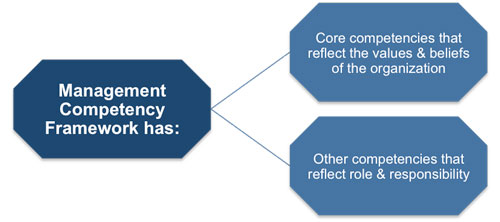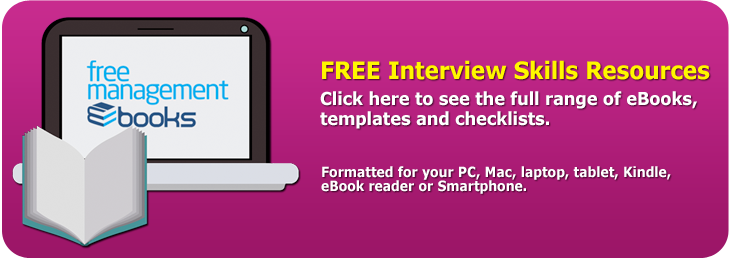Understanding the Role Description
When preparing for a face-to-face interview with a prospective employer you should refer to the original job ad, the role description, and the employee specification if one is available.
The job ad will give you some basic information - for example, the location, salary, qualifications required, and job title, along with a basic outline of the role. The phrasing of the language used gives a good initial indication of the culture and values of the organization.
The detailed role description expands on this and includes information about the duties to be performed, the areas of responsibility, and the reporting structure. This is one of the key sources you will use to identify and rank the role's competencies.
Many organizations include an explanation of how they want an employee to act and the value set they believe best suits their culture in the role description. Others write separate statements known as an employee specification. These can relate to specific roles or to the level of responsibility and management assigned to the role. It usually consists of a list of personal qualities, competencies, and skills that the HR department have deemed appropriate for the grade or level assigned to the role. You should always try to get as much information as you can from the HR department even if this means calling them and asking if there is any additional information they can give you.
Once you have these documents, you can compare the role's competencies with your own. You will need a management competency framework to help you do this. The alphabetical list below details the 12 most common management competencies. You will need to identify which of these 12 match the role.
 |
For a detailed description of the behaviors associated with these competencies you can download our free Management Competency Framework template, which covers the following:
• Change Agent
• Continual Improvement
• Customer Focused
• Decision-Making
• Interpersonal Communications
• Leadership
• Mentoring & Coaching
• Planning & Organizing
• Professional Development
• Resource Management
• Stakeholder Management
• Strategic Thinking
An organization's management competency framework will consist of functional and behavioral components. These components are ranked in accordance with the organization's culture and values.
 |
It is important to remember that a role's competencies are the aggregate behaviors an individual needs to perform a role. It is how someone delivers their objectives, not what the objectives are.
You may also be interested in:
Management Interview Preparation | Preliminary Interviews | Using a Recruitment Agency | Understanding the Role Description | Matching Competencies to Role Responsibilities | Matching Competencies Example.


